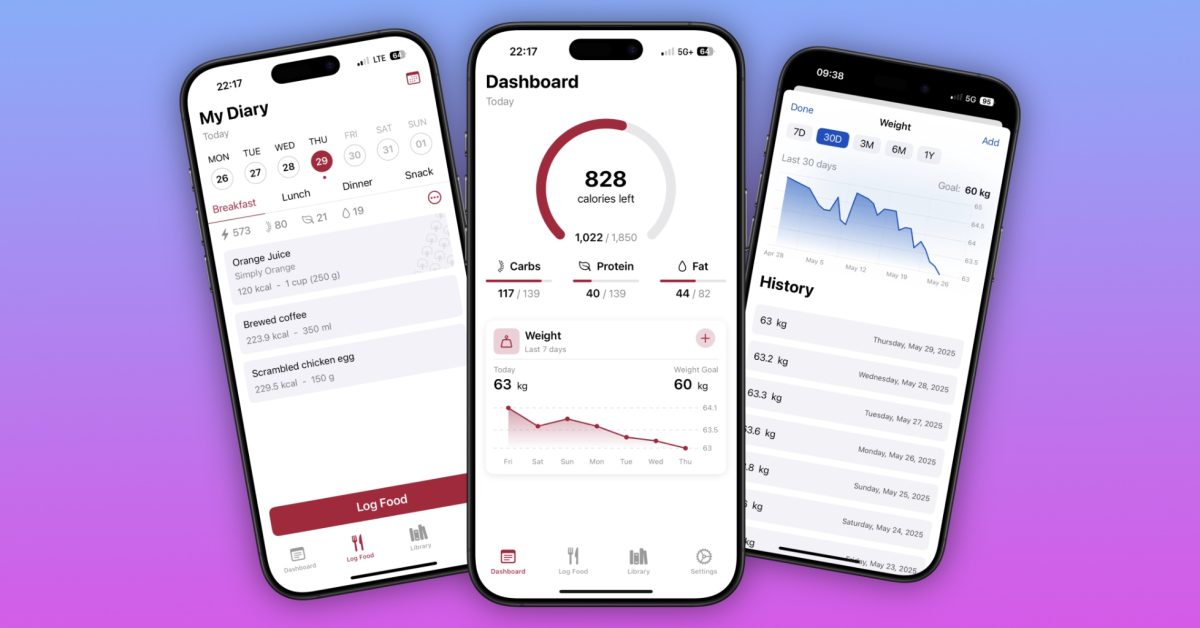Want smarter insights in your inbox? Sign up for our weekly newsletters to get only what matters to enterprise AI, data, and security leaders. Subscribe Now
AnyCoder, an open-source web app development environment developed by Hugging Face ML Growth Lead Ahsen Khaliq (@_akhaliq on X), has launched on Hugging Face Spaces.
The tool, now available for all users of the AI code sharing repository Hugging Face, integrates live previews, multimodal input, and one-click deployment — all within a hosted environment, allowing indie creators without much technical expertise, or those working on behalf of clients or large enterprises, to get started “vibe coding” web apps rapidly using the assistance of Hugging Face-hosted AI models.
It also acts therefore as an alternative to services such as Lovable, which also allow users to type in plain English and begin coding apps without having formal programming knowledge.
Free vibe coding available to all, powered by Kimi K2
Khaliq built AnyCoder as a personal project within the Hugging Face ecosystem and as “one of the first vibe coding apps” to support Moonshot’s powerful yet small and efficient Kimi K2 model launched last week.
AnyCoder’s main functionality allows users to enter plain-text descriptions to generate HTML, CSS, and JavaScript. These are displayed in a live preview pane and can be edited or directly deployed. It also includes example templates for todo apps, dashboards, calculators, and more.
Built entirely using Hugging Face’s open-source Python development environment Gradio, AnyCoder allows users to describe applications in plain English or upload images, and instantly generate working frontend code.
Khaliq built AnyCoder as a personal project within the Hugging Face ecosystem.
In a direct message conversation with this VentureBeat journalist, he described it as a “free open source vibe coding app.”
However, he also noted that multiple open source models are supported and users can switch between them with a dropdown menu on the control sidebar on the left pane, including:
- Moonshot Kimi-K2
- DeepSeek V3
- DeepSeek R1
- Baidu’s ERNIE-4.5-VL
- MiniMax M1
- Alibaba’s Qwen3-235B-A22B
- SmolLM3-3B
- GLM-4.1V-9B-Thinking
Code from UI images, web search integration, and OCR support
Using the ERNIE-4.5-VL model, AnyCoder supports multimodal generation. Users can upload UI design screenshots or mockups and generate functional frontend code from them—making it useful for designers or teams working visually.
AnyCoder includes a website redesign tool that extracts content from any public site and re-renders it with a more modern layout. It uses scraped content like page structure, meta information, and images to build a new version, optionally guided by user instructions like “make it minimalist” or “add dark mode.”
To support up-to-date design trends and implementation patterns, AnyCoder offers web search integration via Tavily. When enabled with an API key, the platform searches for current technologies and best practices before generating code.
Users can upload images with embedded text—like screenshots or handwritten notes—and AnyCoder extracts that content using Tesseract OCR. The extracted text can then be incorporated into code prompts or app content.
One-click deployment to Hugging Face Spaces
AnyCoder allows instant deployment of generated apps to Hugging Face Spaces. After authenticating via OAuth and granting the required permissions, users can deploy apps under their own Hugging Face account namespace. Deployments include:
- Mobile-friendly, responsive designs
- Branded header/footer and README
- Live, shareable URL
- Full ownership and edit access
This deployment capability now includes support for full Python apps built with Gradio, expanding the tool’s use cases beyond static sites. Support for Streamlit is also under development.
For novice developers or even those with technical expertise who want to spin up a new project fast, AnyCoder seems like a great and compelling place to start.
Source link



